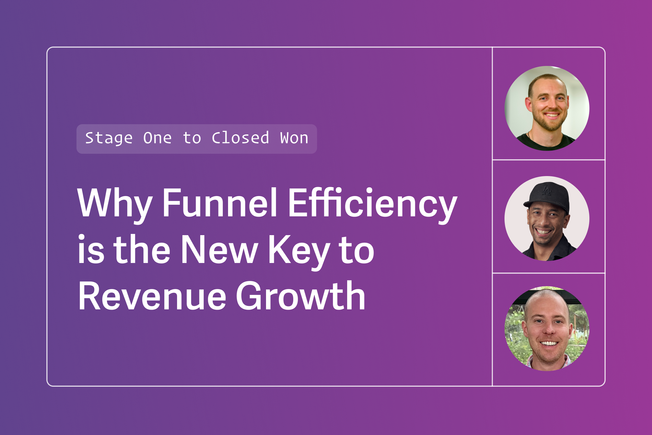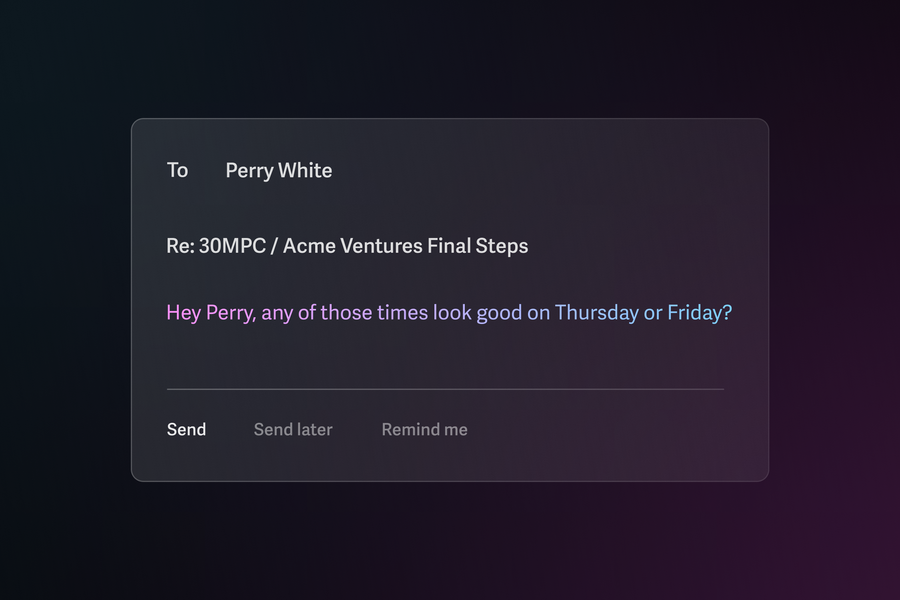
Hey folks! Armand from 30 Minutes to President's Club here, breaking down my favorite sales email follow-up strategy to use when you get ghosted. I've used these four templates as a rep, VP of Sales, and in coaching founders to wake up those gone-dark opportunities.
But to start, let's talk about why you're here.
There are a million and one reasons why a prospect will ghost you. Maybe you forgot to outline next steps. Maybe something unexpected happened on their side. Or maybe they gave you the impression they were interested, but were just too polite to say "no" to your face.
The biggest mistake sellers make when getting ghosted? Trying to get a "yes" instead of trying to get an answer. Most reps pepper their prospects with 3,000 follow-ups and recap emails to "reaffirm the value", but you can't compel the prospect to buy if you don't get what's really going on for them.
The reality is, prospects don't want to tell salespeople no, because most reps never even open the door to it. If you make it hard to say no, expect to hear platitudes or nothing at all.
There are two keys to connecting with prospects who've gone dark:
- Shifting your mindset to getting an answer (not just a yes)
- Standardizing your follow-up process so that you spend your time on the real opportunities, not chasing ghosters (we'll cover the exact sequence to use below).
The email follow-up strategy that gets a response every time
There are four emails in our strategy for getting "unghosted". Our first two emails will remind the prospect that they need to take action. They've likely got plenty on their plate beyond buying software, and it's our job to help them remember what they need to do next.
But if they don't reply after two nudges, we're going to change our strategy — from getting a next step to getting an answer — by creating an opportunity for them to say no.
Assuming day 1 was your initial recap email, here's what the timing of the sequence should look like (we'll get to the content for each):
- Day 3: Nudge 1
- Day 5: Nudge 2
- Day 8: Pushaway
- Day 11: Breakup
This equates to two emails per week, if you take into account business days and weekends.
In my view, that's about as far as you should push it for an early stage opportunity. But for a later stage opportunity, like one in vendor review with clearly agreed upon next steps, you may choose an even tighter cadence (for example, you shouldn't wait three days for a redline reply in legal review!).
Pro tip: Superhuman's Recent Opens Feed gives you a real time view of when prospects are seeing your emails so you can follow up with perfect timing — at the moment you're top of mind. You'd be shocked by the number of three-month old opportunities I've seen open an email out of the blue!
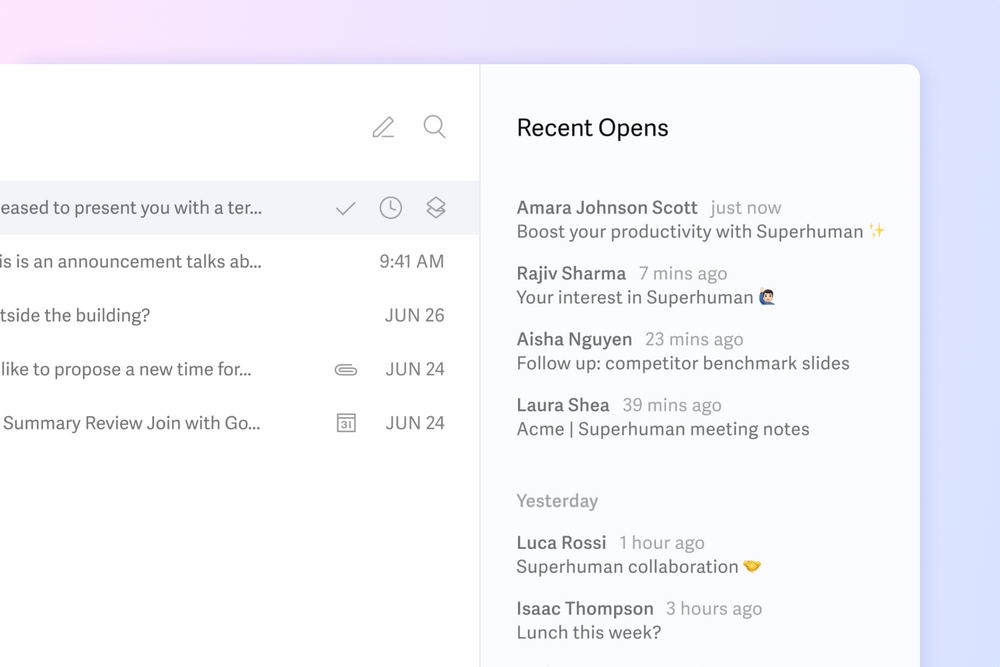
Now, let's break down each follow-up email.
Nudge 1
The first email is a simple nudge, usually sent two days after your previous recap email.
Instead of writing a massive email about why they should take a next step, I prefer an extremely short reply to the previous recap email, which contains everything they need.
Most prospects will reply after the first nudge. Remember: 1% of their job is buying software — sometimes, they just need a reminder because it slipped through the cracks.
Here's what it looks like.

That short? Yeah, that short.
(This is a similar approach to the "any thoughts" email that comes after the first prospecting touch in an outbound sequence.)
Let the recap email do the work of providing context. Your CTA will pop much more in a one-sentence email.
Nudge 2
The second email is another nudge, sent two days after your last.
Again, keep it super short. If your last nudge was a CTA to book a meeting, the meeting options you proposed are probably out of date by now, so provide some new times.

I like to include a light version of what I call a "pushaway statement" to lead this email. You're not quite suggesting a breakup, but you're trying to get a pulse check on the relationship. Something like:
- Still good for our chat?
- Still want to catch up?
- If this one's still on the radar, open to finding time?
If they don't respond to this one, it's time for the full pushaway.
Pushaway
If we find ourselves here, we know that the prospect got the initial recap email and two nudges. We've also spaced our follow-ups to land across two different business weeks, so it's very unlikely that "a bad week" is causing the radio silence.
Odds are, they're losing interest. Or there are other things taking priority. You've probably been ghosted, and peppering the same prospect with 20 more emails isn't a good use of your time. It's our job to get an answer, even if that means it's a no.
We'll use a brief pushaway statement to empathize with the fact that things get busy, and create a space for them to feel comfortable saying no.

With this email, we're reminding them of the next step, and giving them the opportunity to say, "yes, I’d like to put this on hold."
Often, the reason they haven't replied is they feel bad about the news they need to break to you. Make it easy for them to break the news.
Breakup
This is when I think it's OK to ask for some mutual respect. The writing is on the wall — it's time to cut ties and move on to other opportunities.
If you do sales the right way, that means you've taken the time to research calls, listen to your prospect's concerns, and offer them critical industry knowledge they didn't have before they met with you.
And while even the perfect sales process won't lead to a yes every time, I do believe it deserves an answer. So reveal the human behind the inbox.

You'll notice this email is in a new thread entirely. I like to use a different subject line to help elevate the message and make it clear that you're putting the conversations on hold for now.
For those hypercritical opportunities or enterprise accounts, you have some extra options from here:
- Change the voice by having your CXO reach out to their CXO
- Reach out to another contact from the sales cycle
- Prospect other people on the account — because you should never take a no from someone who wasn't in the position to give a yes to begin with.
How Superhuman helps you get on track
When it comes to streamlining your sales follow-up email process, Superhuman's got you covered.
Snippets: I save all of these templates as Snippets in Superhuman, titled "Ghost 1", "Ghost 2", "Ghost 3", "Ghost 4", so I can easily rattle them off back to back.
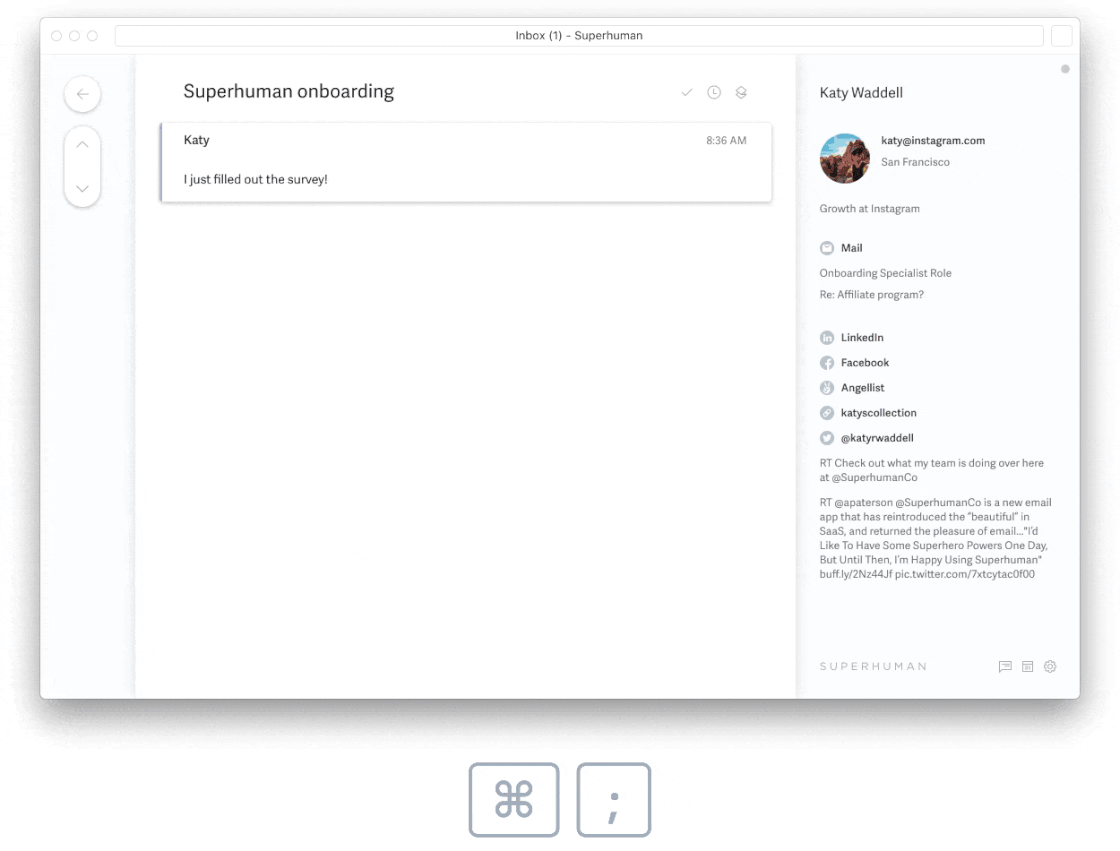
Reminders: You should never have to remember to follow-up on someone who's ghosted you. Every time I send a ghoster an email, I set a reminder to follow-up in 2–3 days if they don't reply so that I never drop the ball.
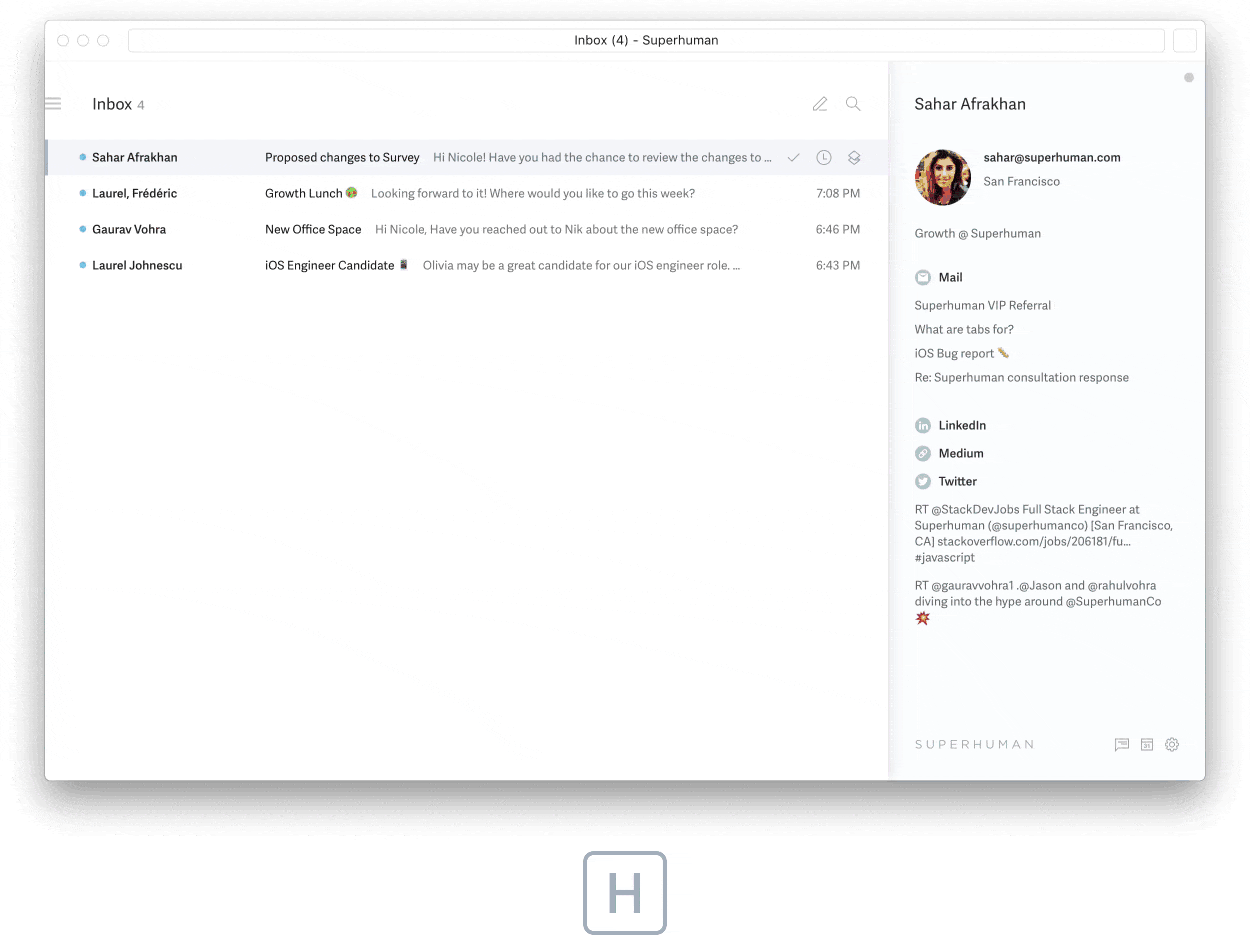
If you're ready to level up your ghostbusting, you can get a month of Superhuman free on 30MPC. Plus, Superhuman offers every new user a complimentary 1:1 training session with their productivity experts, so you can have these workflows set up and smooth under your fingertips in no time.
